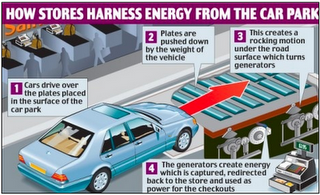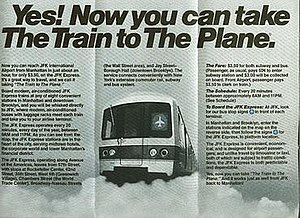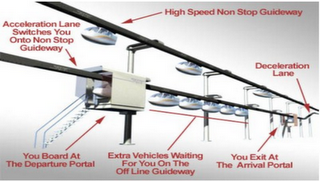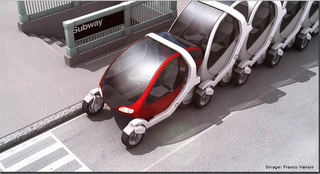Social Media Interesting Facts....
 Wednesday, September 2, 2009 at 12:29AM
Wednesday, September 2, 2009 at 12:29AM  Philip Cortes
Philip Cortes
- 1448% growth YOY
- 18.2 million unique visitors in May 2009 up from 1.2 Million the same month the year before.
- Estimated 6 million users.
- Time per person increased 175% YOY to 17:21 minutes in May 2009.
- 190% YOY Growth in Unique Visitors
- 75,444,000 Unique Visitors in May 2009
- Largest social networking site – when ranked by total video streams, 116.1 million video streams.
- 12.2 Million unique viewers of video content at myspace.com
- 4th most visited site, with 85.1 million visitors
- Surging – 8.9 billion videos were viewed by 120.3 million US citizens in July
- 21 billion videos were viewed on the internet according to the new numbers
ComScore Numbers-
- 77.7 million unique visitors in the US. Total internet audience 188.9 million
Emarketer (May 2008)
- 94.1 million us blog readers in 2007 (50% of internet users)
- 22.6 million US bloggers in 2007 (12%)
Universal McCann (March 2008)
- 184 million WW have started a blog, 26.4 in US
Technorati Stats :
Some of the key takeaways here for me are as follows :
Below are some interesting statistics Technorati published on the Blogosphere...
- While many of us may be "tweeted" out, or simply bored of the service...it seems to have finally hit its "tipping point" and is spreading virally
- MySpace.com is the largest social media company on the internet today, and it is the one least used by the people I know. This having been said, I recently was referred to this myspace website by a friend (don't ask), and it made me realize the different hosting formats myspace allows for, and the relative strength this represents vis-a-vis facebook.
- Facebook's greatest strength, and its greatest weakness, is its rigid standard format. They've been doing a good job of opening up the site to different apps, but ultimately a musician can't reach as many people and as easily as he/she could through myspace. Facebook started as a private club, and now that same "club" mentality may restrict its growth. The facebook URL's are a step to change this, but does anyone really use their URL? If so, comment away!
- Last comment - the international adoption of myspace has blown away any of the other services thus far, and may continue to. Facebook isn't traditionally used in Spain, for example, where a rival and identical service called tuenti.com has surfaced. Perhaps facebook should adopt its model to be more accomodating to local markets?

Links :
Blogging Stats
Youtube Stats
Myspace, Facebook, Twitter Stats




![Reblog this post [with Zemanta]](http://img.zemanta.com/reblog_e.png?x-id=937a0b37-2e41-45eb-974f-f380cdeb9669)



![Reblog this post [with Zemanta]](http://img.zemanta.com/reblog_e.png?x-id=94b8a462-1827-4c4a-ba56-ddb175b3aa71)


![Reblog this post [with Zemanta]](http://img.zemanta.com/reblog_e.png?x-id=524a0209-f193-41a0-9101-b1b41bd5f6f2)